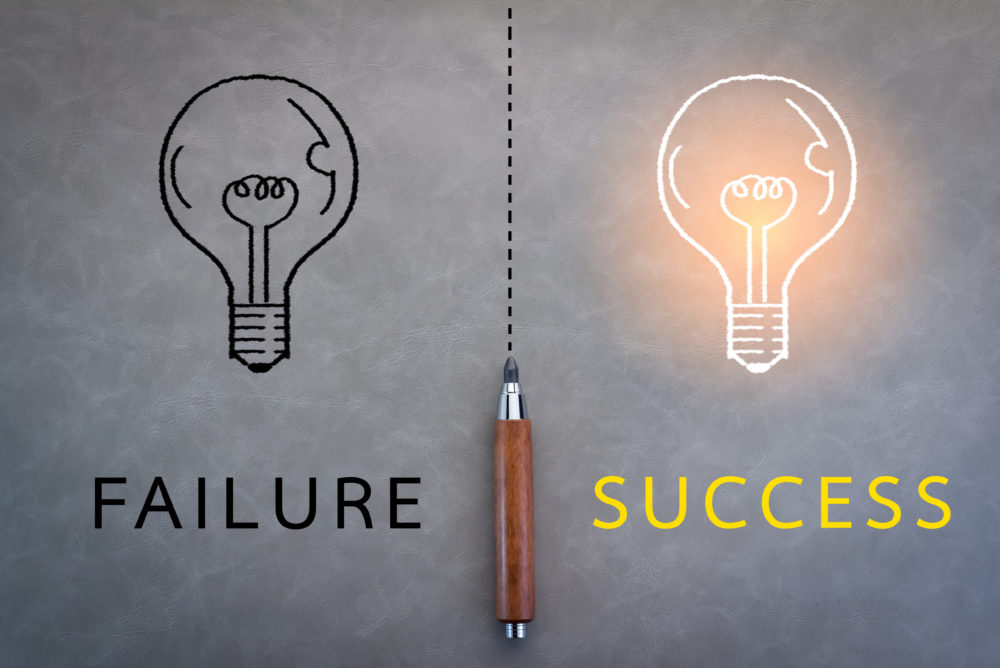Raising finance is tough, but there are a number of steps you can take to rescue a struggling crowdfunding campaign.
In my years of running a specialist crowdfunding agency, I like to think I’ve developed a pretty good intuition around what will work in a campaign and what won’t. In reality, I’m not often too far wrong, but I am still constantly surprised about which ones take off like a rocket and which ones have a hard time meet their target.
What causes a crowdfunding campaign to falter?
I think that one of the biggest issues can come down to timing, which is hard to predict. New regulations are published, trends change quickly and competitors launch new products to market ‒ all of which could hinder the chances of a successful raise.
Some campaigns struggle to get initial cornerstone investment. Instead, smaller investments drip-feed into the campaign page, never really giving it any momentum or exposing it to a wider crowd of potential investors.
‘One of the biggest issues can come down to timing, which is hard to predict’
Finally, and potentially the most manageable, is that crowdfunding campaigns can be let down by unclear messaging or simply a lack of communication. The founder gets so busy speaking to investors and organising events that they forget those email blasts or social media posts that keep the early momentum going.
Go on the PR offensive
Press and trade publications are a great tool for getting your brand out there, building a name for yourself and educating potential investors around the problem or solution you are addressing. The audience for these publications can run into the millions and tend to be quite focused on specific audience segments, making them ideal outlets for your brand.
Unfortunately, a lot of business owners think of PR as being about promotion ‒ they want to talk about their product or service at length. But this type of content is rarely published by editors or viewed by the audience. There are so many new products, so many crowdfunding campaigns and so many people who want to promote themselves that editors are swamped with such content.
Ask yourself: would you read an article about another crowdfunding campaign? How about promotional press coverage simply talking at length about a product? Probably not.
But you probably would read an article that looked useful or interesting on an intellectual level. You’d almost certainly check out an article that offered specific tips or advice relating to your business or sector, though.
Find a way to offer your knowledge and expertise that genuinely helps or solves a problem your target audience has. Then find publications with the same audience ‒ they are often more than happy to publish free, non-promotional content.
Finally, make sure to include an ‘about the author’ section and byline containing information about your brand, product and links to your relevant pages. People will often read these sections and discover your crowdfunding campaign more organically.
Get specific with LinkedIn and the Angel Investor Network
If your campaign is struggling, one of the most important things to do is to speak to investors, form a personal connection and discover whether they have any specific concerns or issues holding them back.
The best places for these conversations are LinkedIn and the Angel Investor Network (AIN) as you can be incredibly targeted about who you speak to. The advanced search function on LinkedIn will help you connect with new potential investors, and you will need to write a 300-character invitation to connect message.
You will also be able to find a number of potential investors in your existing network of connections. For these contacts, I suggest writing a more tailored message reflecting your shared interests and/or history. Even though there is no character limit for these messages, they can be difficult to read properly on LinkedIn, so it’s best to keep them as concise as possible.
AIN is perhaps even more targeted as you know that everyone active on the platform is an investor with money to use. You should draft a short nudge message introducing yourself and your brand, sending it to every relevant investor. From there, you can follow up their interest with more conversational messaging, addressing any questions or concerns they may have.
Advertise on social platforms
The vast majority of people in developed nations use some form of social media, which makes it an excellent place to advertise your brand and crowdfunding campaign. While Facebook still boasts the highest number of active users, LinkedIn ads can be highly targeted towards specific job roles or professions, allowing you to better tailor your messaging.
Whatever platform(s) you decide to advertise on, make sure you create ads around different interests, motivations or concerns. An environmental product, for example, may excite some investors due to its huge market potential, while another group may see it as the solution to their woes. Try a range of different messages and target criteria to see what messages resonate with which audiences.
Promoted posts are also a great way to ensure your published PR articles get in front of as many people as possible, reminding them of your brand or product, educating them around the issues connected to it and enhancing your reputation as a thought leader in the field.
If you find your crowdfunding campaign isn’t getting the investment you need to maintain momentum, it’s important to face the issues head-on and be proactive, rather than dismiss it as a temporary blip. Deploy these tactics to help get your campaign back on track and turn a struggling campaign into a successful one.
John Auckland is the founder of TribeFirst.
Read more
Crowdfunding UK small business: everything you need to know
Looking for finance? SmallBusiness.co.uk is working in partnership with trusted lenders to help you find the best business funding deals. Find out more here.




